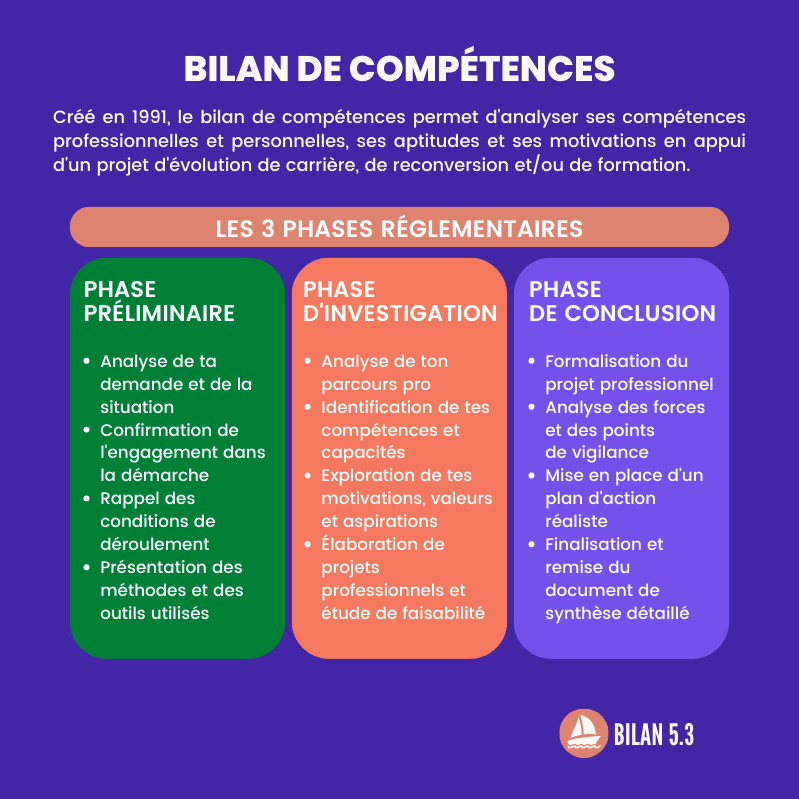July 7, 2005 – When summer comes, it’s not just the skin that is sensitive to ultraviolet (UV) and infrared rays emitted by the sun. Certain structures of the eye, including the cornea, iris, lens and retina, are particularly vulnerable to it. Only quality sunglasses can provide good protection for the eyes.
This is the opinion of the Quebec optometrist Jean-Yves Dionne. According to him, it is first and foremost the use made of them that should guide the choice of sunglasses, the aesthetic criterion coming next.
What are quality lenses?
Good quality lenses are free from distortion and surface ripples. They do not distort vision and will not cause dizziness or headaches.
Likewise, quality sunglasses filter at least 85% of visible light, in addition to filtering UV with a wavelength of 400 nanometers or less, and infrared of more than 750 nanometers. “Not all glasses sold in big box stores, convenience stores and pharmacies have these properties,” says the optometrist. This is why it is better to opt for glasses from well-known brands ”. They are generally retailed from 50 dollars (around 35 euros).
To each color its usefulness
The choice of lens tint is, of course, a matter of personal taste, but it should also depend on how people use their glasses.
Gray and green are ideal colors for intense lighting conditions. “They offer good glare performance and effectively filter UV and infrared rays,” says Dionne. In addition, they hardly affect color vision. The same goes for brown which, however, disturbs the vision of colors by shifting them towards red.
The yellow and orange sunglasses are not designed to fight the intense light of summer. As they amplify the contrasts, they are recommended for more specialized activities such as hunting, boating, skiing or driving in foggy and foggy weather. “Yellow is also popular for indoor sports, while orange is very popular on golf courses,” says Jean-Yves Dionne.
Mirror surfaces, on the other hand, reflect up to 95% of incident light and provide adequate protection for people who are hypersensitive to light.
Overexposure: signs to recognize
It is important to know how to recognize the first signs of overexposure of the eye to the sun’s rays. These are profuse tearing, sensitivity to light, and severe redness that can lead to an infection discharge (bulbar conjunctivitis).
In the elderly, poor protection can accelerate the formation of cataracts on the lens, as well as macular degeneration, concludes the optometrist.
Martin LaSalle – PasseportSanté.net
According to A true friend.














